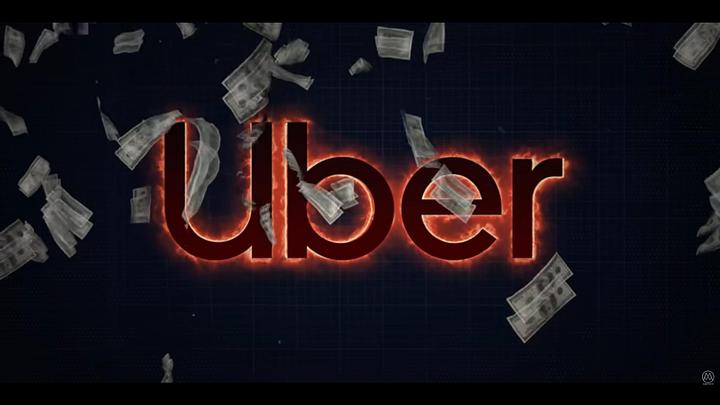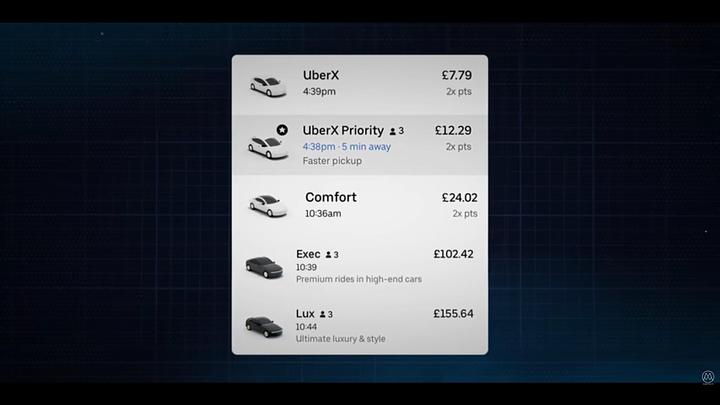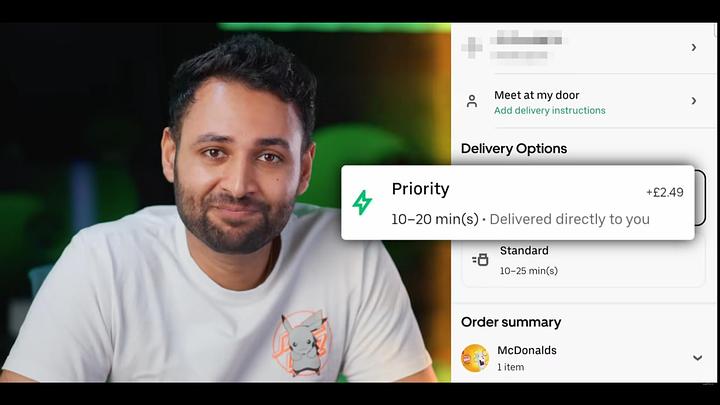The Internet is starting to Break - Here's Why.
Mrwhosetheboss
24 min, 39 sec
The video discusses the manipulative and exploitative business practices of big tech companies, focusing on the issues with subscriptions, tiering, and dark patterns.
Summary
- The video criticizes big tech companies like Amazon, Uber, Facebook, and Netflix for deteriorating service quality while increasing costs for users.
- It explains the 'ification' pattern where companies first attract users by solving a key problem and offering surplus value, then shift focus to maximizing profits at the expense of service quality.
- The video highlights the manipulation of tiering services, increased subscription costs, and dark patterns designed to confuse or mislead consumers.
- It provides examples of deceptive practices, such as hidden fees, misleading cancelation processes, and inflated delivery costs.
- The video concludes with a call for consumer awareness and policy changes to protect users from exploitative business practices.
Chapter 1

An overview of how big tech companies have worsened their services over time, focusing on convenience and cost.
- The speaker opens by stating that big tech companies like Amazon, Uber, and Netflix suck now.
- They explain that these companies initially attracted users by offering convenient services at lower costs.
- An example is given of Uber's rise by offering cheaper, cleaner, and friendlier alternatives to taxis.

Chapter 2

Detailed account of how Uber evolved from a user-focused service to a market-controlling entity.
- Uber, once established, changed tactics from attracting users to controlling drivers.
- The company started offering bonuses and benefits to drivers to lock them into the platform.
- Uber's surge pricing is discussed with an anecdote of paying a high price for a ride due to demand.

Chapter 3

An explanation of the 'ification' strategy where tech companies shift surplus value from users to themselves.
- The 'ification' pattern involves initially attracting users, then drawing in suppliers, and finally monopolizing the market.
- Once a monopoly is established, companies maximize profits by raising costs for users and decreasing payments to suppliers.
- Companies become beholden to shareholders, focusing on immediate profits instead of the long-term health of the service.

Chapter 4

Analysis of how companies use tiering to manipulate service quality and extract more money from customers.
- Tiering services offer different levels of service quality at varying price points, often reducing the base service quality.
- Netflix is cited as an example of a company that introduced new, more expensive tiers and added advertisements to its service.

Chapter 5

Discussion on how subscriptions exploit consumers by providing worse service for more money over time.
- Companies use subscriptions to make services more accessible but end up charging more for less value over time.
- Amazon Prime is criticized for charging for faster delivery and requiring minimum spends despite a paid membership.
- Uber's increasing prices and degradation of service quality are highlighted, along with the illusory nature of discounts.

Chapter 6

A deep dive into the hidden fees and additional costs that platforms like Uber Eats and Amazon charge consumers.
- Uber Eats is shown to inflate food prices and add multiple delivery fees, including a misleading priority delivery charge.
- The segment demonstrates how platform fees are not transparent, with companies taking a significant cut from various angles.

Chapter 7

Examination of dark patterns used by companies to mislead customers and make it difficult to cancel subscriptions.
- Dark patterns include confusing website designs, manipulation of default options, and aggressive retention tactics.
- Examples are given from personal experiences, such as being charged weekly for a rarely used app and Amazon's delivery selection.

Chapter 8

A summary of how the proliferation of subscriptions leads to higher costs and reduced value for consumers.
- The introduction of multiple streaming services has led consumers to pay more while using each service less.
- The video suggests rotating subscriptions and calls for policy changes to enforce fairer business practices.

Chapter 9

The video concludes with advice on subscription management and the need for consumer protection.
- Advice is offered on managing subscriptions, such as canceling immediately after a trial period.
- A call for policy improvements to keep platforms accountable to their initial user promises.
- The video ends with the speaker's own experience with a deceptive PlayStation subscription cancellation process.

More Mrwhosetheboss summaries

The BEST Smartphones of 2023!
Mrwhosetheboss
The video provides a comprehensive review of the smartphone market in 2023, highlighting the highs, lows, and game changers of the year. It also presents awards for the best phone in different categories such as foldable, compact, battery performance, most improved, gaming, camera, and overall budget, midrange and flagship phones.

I bought the CRAZIEST tech in Japan
Mrwhosetheboss
A detailed exploration of Japanese technology and culture through a shopping spree and interaction with various gadgets and services.

The Best Apps of 2023!
Mrwhosetheboss
A detailed exploration of 15 apps that enhance life in various ways, from AI-powered photo colorization to efficient travel planning.

I bought the most FUTURISTIC Tech in the World
Mrwhosetheboss
A detailed journey of purchasing and testing futuristic technology, assessing both the awe and practicality.

I bought the CHEAPEST Tech in India!
Mrwhosetheboss
A detailed journey of buying and testing various tech gadgets in Asia's biggest computer market in India.

Apple Vision Pro Review - Why does this EXIST?
Mrwhosetheboss
An in-depth review and critique of the Apple Vision Pro focusing on its intended purpose, features, limitations, and potential implications for users.